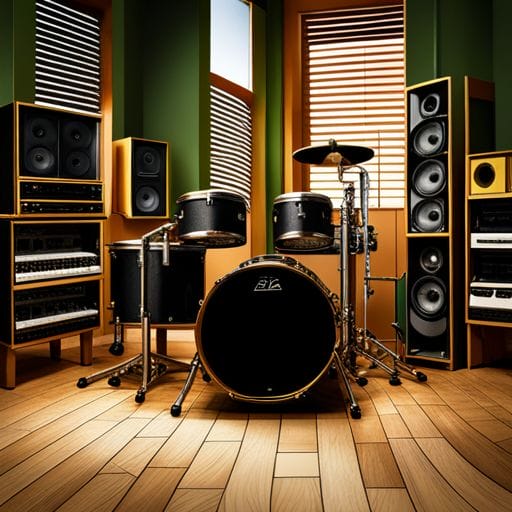Producing Reggae: Capturing the Classic Sound

Who are some influential reggae music producers to study for capturing the classic sound?
Reggae, a musical genre originating from Jamaica in the late 1960s, has influenced several music styles worldwide. Reggae music is well-loved not just for its irresistible beats but also for its powerful messages. Producing reggae music that genuinely reflects its roots requires an understanding of its unique sound elements and the message it aims to convey.
The Vintage Reggae Sound
To capture the classic sound of Reggae, you need to understand its foundation – the rhythm. The rhythm section in reggae is distinctive, with the guitar pumping out the offbeat rhythms, and the bass infusing deep melodic patterns. The drums, often reversing conventional patterns, lay the foundation with steady rim shots on the snare drum, complemented by the hi-hat keeping the tempo.
Characteristically, Reggae frequently utilizes the Hammond Organ, which is responsible for the trademark ‘bubble’ sound. The guitarist infuses the ‘skank,’ or ‘chunk,’ on the offbeat, another unique feature of Reggae.
Recording Techniques
When it comes to recording Reggae, a blend of both modern and old-school techniques can epitomize the genre’s essence. The use of vintage gear, such as old mixing desks, valve tape echoes, and spring reverbs, can induce a warmth and graininess reminiscent of the original Reggae productions of past decades.
However, even without this vintage equipment, the classic Reggae sound can still be achieved by focusing on specific touchpoints such as the pressure of drums, the softness of snares, or the simplicity of basslines. Today’s producers apply effects such as phase and filter automation or tape simulation plugins post-production to replicate these vintage sound characteristics.
Post-Production
The art of producing Reggae does not just end with recording. In fact, the post-production aspect plays a pivotal role in carving out the classic Reggae sound. The experimentation with reverbs, delays, and ‘dub’ techniques can lead to a unique depth and spatial dimension in the Reggae sound, an essential aspect of the genre.
Studio effects such as plate reverb on the snare, tape delay on the vocals, and spring reverb on the skank guitar help shape the sound into that vintage Reggae vibe. The ‘dub’ technique, where instruments are dropped in and out of the mix, echoes are induced, and reverbs are stretched out, adds a particular dynamism to Reggae’s classic sound.
Final Words
Reggae music is more than just a genre. It’s a cultural expression that portrays a specific rhythm, a unique message, and an undeniable groove. Capturing the classic Reggae sound is about embracing these roots in your production. However, the beauty of music production is its ability to evolve with time, allowing producers to impart past traditions with a current flair. Signal the drummers—let your Reggae production journey begin!
